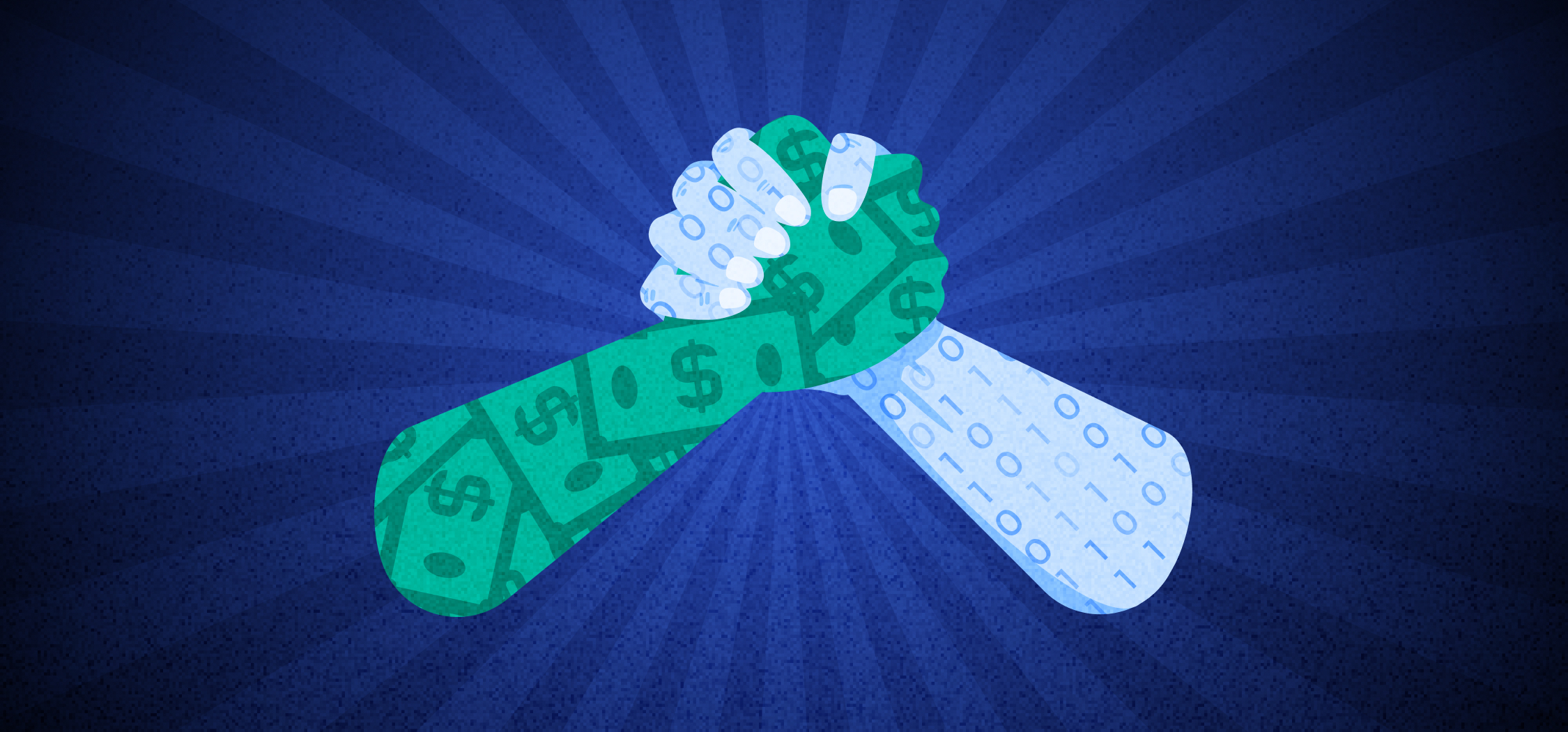November 16, 2023
How to Combat Public Assistance & Benefits Fraud with OSINT

Nick Kauffman
SLED Account Executive
Across America, state, local, and education (SLED) agencies are tasked with managing some of the nation's most important programs, including disbursing large public assistance and benefits programs. A looming concern and financial threat for these agencies revolves around welfare and public assistance fraud. This type of fraud not only siphons off resources from those in need, but also erodes public trust. To effectively tackle this issue, SLED agencies must streamline their online investigations with automated open-source intelligence (OSINT).
To better understand the gravity of the issue and the role of automated OSINT tools, let's explore the repercussions and impact of this fraud type on the economy and taxpayers.
The Impact of Public Assistance Fraud
Public assistance programs offer vital safety nets for individuals and families facing economic hardship, delivering financial support, food, housing, and medical aid. However, some criminals exploit these programs for their own illicit gain. Improper welfare payments, including fraud and abuse, account for around 13% of federal welfare payments, totaling roughly $162 billion in 2022. The U.S. Government Accountability Office further backs this estimate, placing fraud costs across unemployment insurance programs during the COVID-19 pandemic at between $100 billion to $135 billion, representing 11% to 15% of the total benefits paid out.
The sheer numbers and levels of fraud perpetrated invite a closer look at the methods employed by bad actors. Criminals knowingly commit fraud by making false statements, concealing information, or not reporting required information. Importantly, benefits fraud can be committed by individuals seeking to obtain funds in their own name, or by using the breached personal information of other individuals, often acquired from the dark web. While straining SLED and public assistance budgets, the latter schemes can also inflate the costs of investigations and prosecutions by law enforcement. As recently as 2022, New York's Welfare Inspector General was responsible for reviewing 723 public assistance fraud allegations, an investment of resources that resulted in the arrest and prosecution of just 13 people.
While the scale and impact of public benefits fraud are obvious, diving deeper into the criminal and investigative landscape provides an even clearer picture of the challenges SLED agencies currently face.
Welfare Fraud Detection: The Current Landscape
In May 2023, the Pennsylvania Inspector General charged 52 individuals with public assistance fraud, amounting to $347,497 in total restitution. All 52 people faced felony charges, having misrepresented themselves to secure taxpayer-funded benefits that they were not legitimately entitled to. While the Pennsylvania Inspector General received support from the Department of Human Services (DHS) in these cases, such partnerships aren't universally available.
Detecting, investigating, and preventing public benefits theft is a complex and resource-intensive task. Typically, fraud investigations are reactive, triggered by tips or trends in data. Examples of high-risk flags that could indicate welfare and public assistance fraud could include spending funds in another state or making large purchases like a luxury car. While intelligence analysts have access to internal data and crime reports, in cases without prior intelligence, they depend heavily on public data. Even then, investigators find themselves burdened with inefficient, inconsistent, and outdated tools and manual OSINT methods, leaving potential fraud events undetected. Automated investigation and link analysis tools are invaluable for enhancing the efficiency and effectiveness of fraud detection processes.
Using OSINT to Solve Public Assistance Fraud
Publicly available data is an indispensable asset in the fight against public assistance fraud. It provides critical information that aids in revealing fraudulent activity and protecting public resources, including:
- Consumer Records Data: Consumer records like home addresses, email addresses, and phone numbers serve as key data points for investigators, enabling them to initiate OSINT investigations and spot discrepancies with provided information.
- Social Media Data: Analyzing social media activities can expose behavioral patterns, admissions of guilt, financial transactions, and relationships that may not align with reported financial statuses.
- Public Records Data: Court, criminal, vehicle records, liens, arrests, and similar public records are invaluable for investigators. Examining these records can reveal inconsistencies and anomalies suggestive of fraud.
- Online Forum Data: Scanning online forums can provide insights into fraud strategies, detailing modus operandi, which enables investigators to anticipate and counteract emerging schemes.
- Dark Web Breach Data: Criminals involved in public assistance fraud often obtain personal information from the dark web. Finding this breached data on the dark web can help agencies identify potential victims via their compromised information, helping them to cut off fraudulent activity.
Automated OSINT investigation tools, such as Skopenow, offer a powerful solution for processing this publicly available data effectively and efficiently to address the critical issue of public assistance fraud. These automated tools can help SLED agencies combat fraud by:
- Identifying Fraud Indicators: These tools quickly detect potential fraud and risk signals, analyzing extensive data from myriad online sources to present a detailed picture of individuals and businesses, spotlighting suspicious behaviors and activities.
- Accelerating Investigation Processes: With the urgency required in public assistance fraud cases, automated OSINT tools accelerate investigations, enabling agencies to swiftly tackle potential fraud, curtailing its financial toll.
- Leveraging AI for Efficient Analysis: These tools harness the power of artificial intelligence (AI) to scan and analyze internet data, helping investigators to quickly identify fraud and threat indicators, streamlining the manual analysis process. By automating this aspect of the investigation, agencies can focus their human resources on decision-making and taking action.
- Ensuring Consistency and Reducing Errors: Automation standardizes investigation processes, diminishing human error and bias. It guarantees a uniform approach, ensuring thoroughness and enhancing the precision of fraud detection efforts.
Automate OSINT with Skopenow
SLED agencies bear the responsibility of ensuring public funds reach their intended recipients. Detecting fraud is central to this mission. By leveraging tools like Skopenow's end-to-end OSINT platform, agencies can better equip themselves to pinpoint and combat fraud, ensuring the rightful allocation of resources to only the right individuals.
Skopenow's Workbench and Link Analysis solutions are available now to help SLED agencies modernize their investigations and enhance their ability to combat public assistance fraud and preserve public trust. In addition, Skopenow assists with combating other crimes, including organized retail theft rings, cyberattacks, violent crime, missing persons cases, child exploitation, and more. Request a demo and a free trial today at www.skopenow.com/try and experience firsthand how Skopenow can empower your agency to streamline internet investigations.

